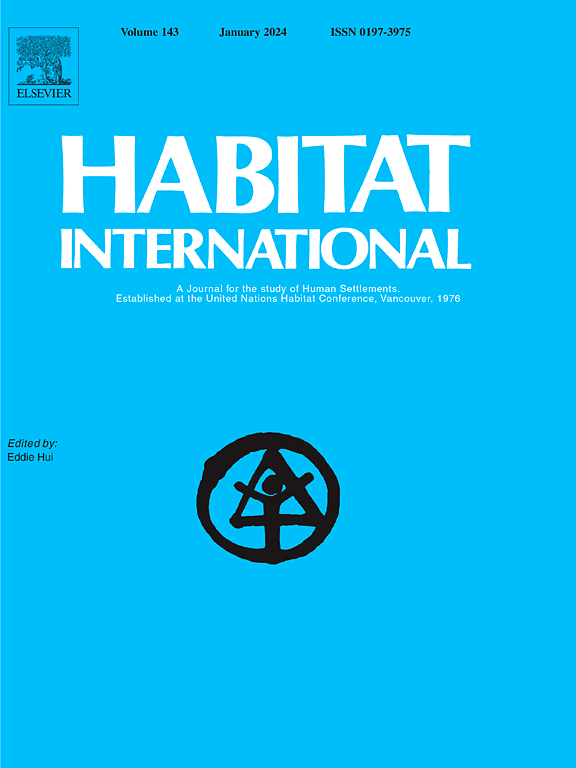How does the digital economy affect the urban–rural income gap? Evidence from Chinese cities
IF 6.5
1区 经济学
Q1 DEVELOPMENT STUDIES
引用次数: 0
Abstract
Seizing the opportunities presented by the integration of the digital economy with various economic and social fields will help improve national income levels and optimize income quality. However, the impact of the digital economy on the urban–rural income gap may exhibit a nonlinear relationship. This study constructs a digital economy indicator system from two dimensions: digital industrialization and industrial digitalization. It uses fixed effects, mediation effects, multi-period DID, and other methods to empirically analyze the impact of the digital economy on the urban–rural income gap. First, the study found that the impact of the digital economy on the urban–rural income gap follows a U-shaped relationship, contrary to the Kuznets hypothesis. The robustness of the benchmark regression analysis was validated through the removal of outliers, the use of alternative variables, and the application of 2SLS and GMM methods, with consistent findings. Second, during the study period, the advancement of the digital economy had yet to surpass the turning point of the U-shaped curve, thus contributing to the reduction of the urban-rural income disparity. Nevertheless, we observed heterogeneous characteristics. Third, the digital economy and the digital divide are characterized by ongoing dynamic transformations, and their combined effects exert a complex nonlinear influence on the urban-rural income disparity. This study provides new decision-making insights for accelerating the construction and improvement of digital economy development cooperation mechanisms and fully harnessing the powerful momentum of digital economy development.
数字经济如何影响城乡收入差距?来自中国城市的证据
抓住数字经济与经济社会各领域融合的机遇,有利于提高国民收入水平,优化收入质量。然而,数字经济对城乡收入差距的影响可能呈现出非线性关系。本文从数字工业化和产业数字化两个维度构建了数字经济指标体系。采用固定效应、中介效应、多期DID等方法实证分析数字经济对城乡收入差距的影响。首先,研究发现数字经济对城乡收入差距的影响呈u型关系,与库兹涅茨假设相反。通过去除异常值、使用替代变量以及应用2SLS和GMM方法,验证了基准回归分析的稳健性,结果一致。第二,在研究期间,数字经济的发展尚未超过u型曲线的拐点,从而有助于缩小城乡收入差距。然而,我们观察到异质性特征。第三,数字经济与数字鸿沟具有持续动态转化的特征,二者的综合效应对城乡收入差距产生复杂的非线性影响。该研究为加快构建和完善数字经济发展合作机制,充分利用数字经济发展的强劲势头提供了新的决策见解。
本文章由计算机程序翻译,如有差异,请以英文原文为准。
求助全文
约1分钟内获得全文
求助全文
来源期刊

Habitat International
Multiple-
CiteScore
10.50
自引率
10.30%
发文量
151
审稿时长
38 days
期刊介绍:
Habitat International is dedicated to the study of urban and rural human settlements: their planning, design, production and management. Its main focus is on urbanisation in its broadest sense in the developing world. However, increasingly the interrelationships and linkages between cities and towns in the developing and developed worlds are becoming apparent and solutions to the problems that result are urgently required. The economic, social, technological and political systems of the world are intertwined and changes in one region almost always affect other regions.
 求助内容:
求助内容: 应助结果提醒方式:
应助结果提醒方式:


